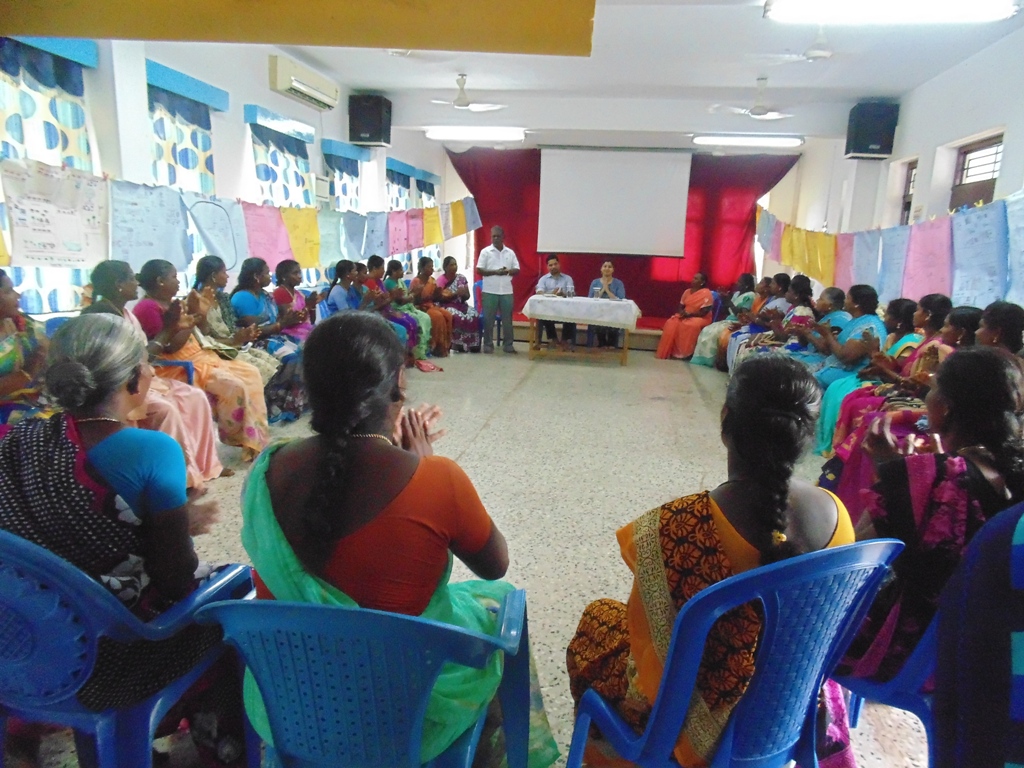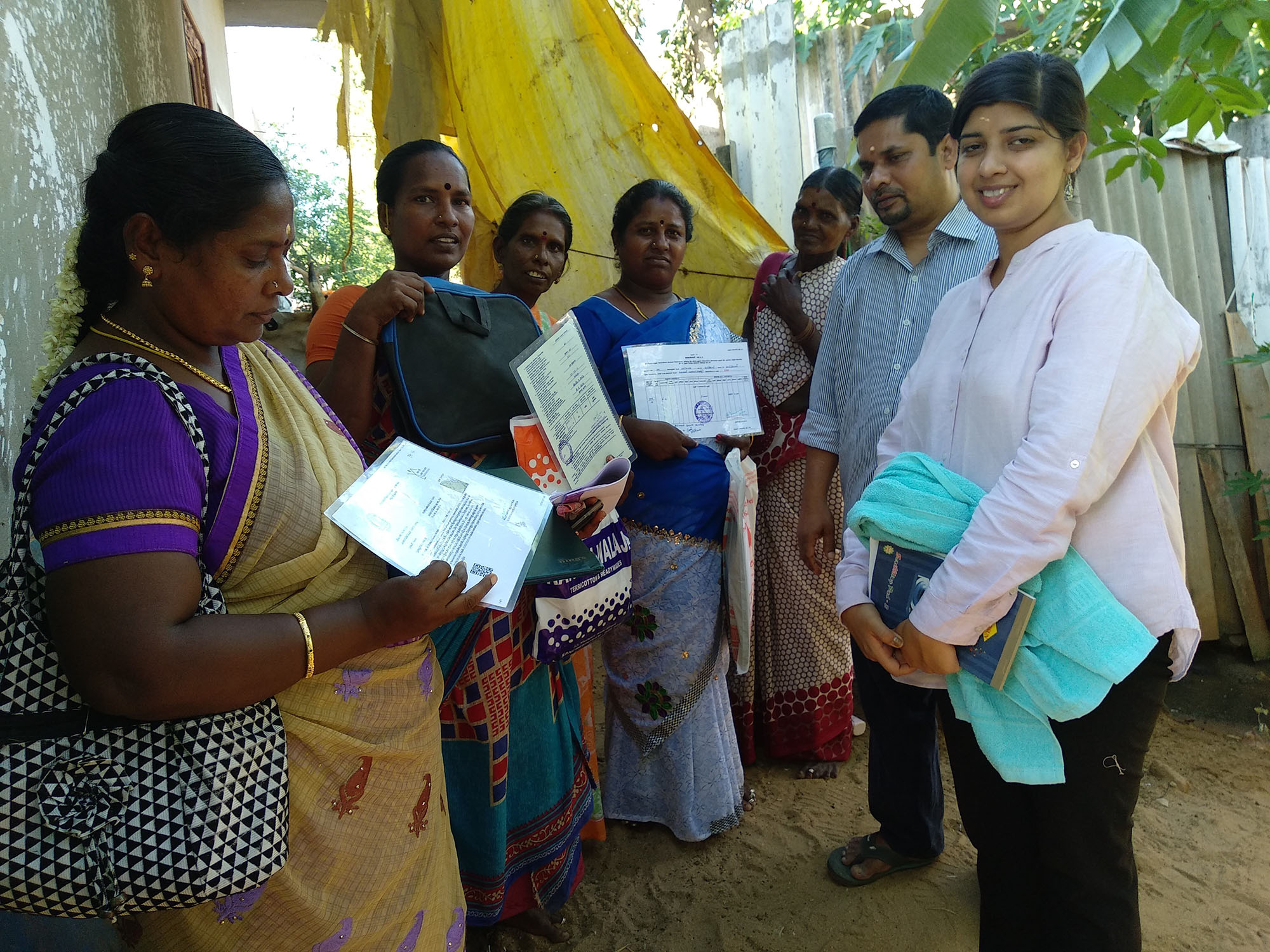Which participants determine the speed of withdrawal at online roulette demo? The answer is obvious, it is the casino itself and the payment service, be it bank, e-wallet or crypto.
Emerging leadership for Justice, Empowerment and Disaster Risk Reduction
Right time, right interventions addressing the right issues in an appropriate and participatory manner, that’s how Udhayam programme can be explained” opined Ms. Julie, Block Co-ordinator of Chengalpattu Rural Development Society (CRDS). She was referring to the Ecosystem-based Disaster Risk Reduction programme named Udhayam supported by Caritas India in continuation of the 2015 flood response.
Udhayam has paved way for the liberation of oppressed leading to the demonstration of leadership by the downtrodden; Caritas India has shown us the way in Dalit Empowerment said Udhayakumari, a veteran of 28 years of service in CRDS.
Anupriya, Asst.Manager, DRR Desk, Caritas India while interacting with the task force and women SHG members said that she had visited CRDS to give guidance to the members but the way they explained the Disaster Risk Reduction measures in practice shows that CRDS plays a significant role in contributing to a new era of disaster resilient country. “I could see that a new integrated risk management model for our country is being evolved’ she said.
With an objective to see the collective experience in disaster risk management and to assess the effectiveness of risk reduction measures, participatory evaluation was facilitated by Caritas India team consisting of Dr. John Arokiaraj, Zonal Manager- South and Ms.Anupriya, Asst. Manager, DRR Desk. The enriching 2 days visit took place on 10th and 11th of May, 2018 at CRDS which included interaction with the Director, Staff team, SHG representatives, Task Force Members, Children Parliament members and visit to 4 villages. Dr.John Arokiaraj said that the focus was to build on the existing practical approach in reducing disaster risk and highlight the areas of opportunity and determine what factors drive success and present obstacles. It had been a learning experience which helped to aggregate and synthesise a pool of existing information on risk reduction.
“Udhayam has led to a holistic response to the community needs and desires.
The efforts taken to reaching the unreached and socially marginalised communities have resulted in the members taking active participation in the Gram Sabha meeting and voicing their grievances and suggesting a way forward for common good “said Mr. Robert, CRDS programme manager.
Karthikeyan (aged 26) is a physically challenged person from Veppedu village in Kancheepuram district. He says that the DRR trainings given by CRDS and the mock drills arranged by them have motivated him to become a lead person to train the not so educated people in DRR. My learnings have helped me to protect myself and the community in the event of disaster striking.
As the co-ordinator Johnson says, the flood-affected communities have learned to help themselves while protecting the nature. It is very obvious when we see the shelter beneficiaries maintaining nutrition garden consisting of Pappaya, Guava, Muringa and Banana trees in addition to few vegetables and greens. They have reduced the usage of plastic and have desilted water bodies under MGNREGS.
All the 17 villages have the clear data of vulnerable persons in their locality and also, they have identified safe and elevated community structures and the volunteers who can accommodate affected people at times of disaster.
The valuable documents are stored together in a safe kit that will avoid panicking and move quickly to safety when there is a disaster. It is definite that the emerging DRR plan of the communities will take care of the safe and better future.
Copyright Caritas India 2013 ! Developed by Neural Info Solutions Pvt. Ltd.


















































